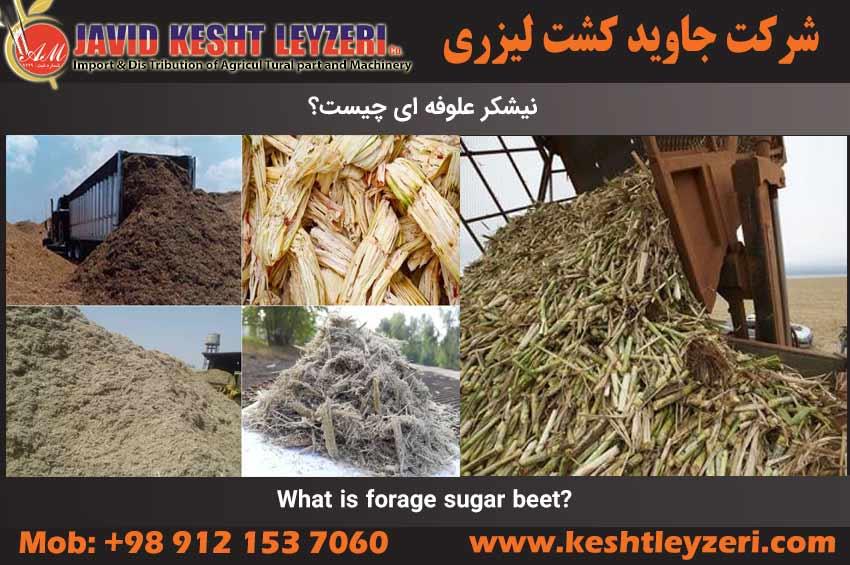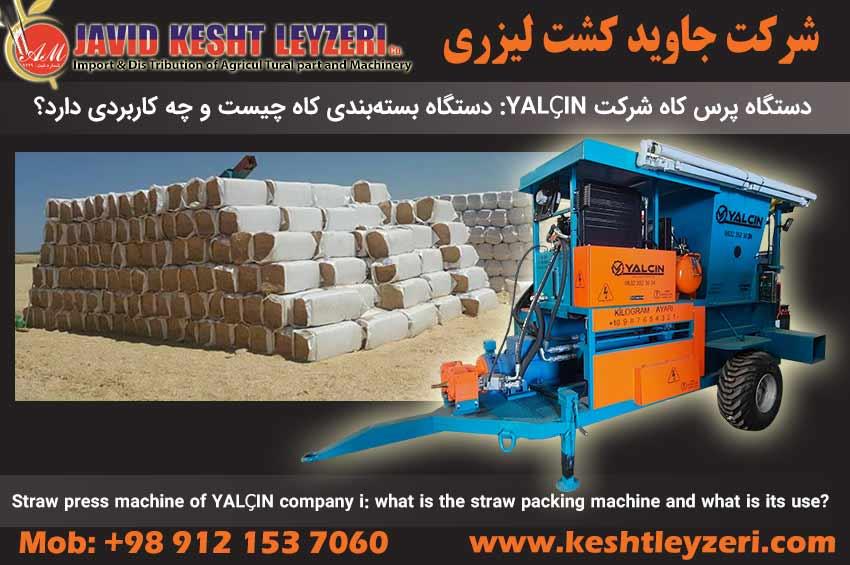
What is forage sugar beet?
javid keshtleyzeri Co.ltd
Section Content List:
-
Botanical Specifications of Alfalfa Sugar Beet:
What are the botanical specifications of alfalfa sugar beet?
-
Products Derived from Alfalfa Sugar Beet:
What products are obtained from alfalfa sugar beet?
-
Sugar Beet Tops and Residues:
What is sugar beet tops and residues?
-
Application of Whole Sugar Beet for Animal Nutrition:
What is the use of whole sugar beet for animal nutrition?
-
What is Sugar Beet Pulp (Bagasse)?
What is bagasse from sugar beet?
-
What is Sugar Beet Molasses?
What is molasses from sugar beet?
-
How is the Harvest and Collection of Sugar Beet and Its Tops Done?
How is the process of harvesting and collecting sugar beet and its tops?
-
How is Silage of Sugar Beet Tops and Whole Plant Done?
How is the silage process conducted for sugar beet tops and the whole plant?
The following articles will delve deeper into the topics mentioned above.
Botanical Specifications of Alfalfa Sugar Beet:
Sugar beet is a perennial plant and a member of the graminaceous family (Poaceae). Its leaves are long, thin, and smooth, with parallel veins and no leaf tip. The stem of the sugar beet is cylindrical and jointed, storing a significant amount of sugar. The stem color varies among different varieties, ranging from purple and brown to a greenish-yellow hue. Sugar beet is primarily propagated through rhizomes, with seed utilization less common, especially outside laboratory settings. Given favorable conditions, the plant can reach a height of 2 to 6 meters.
Products Derived from Alfalfa Sugar Beet:
In general, from each hectare of cultivated sugar beet, approximately 100 tons of sugar beet, 25 tons of tops and leaves, 35 tons of dry pulp, 10 tons of sugar, and 4 tons of molasses can be obtained.
Sugar Beet Tops and Residues:
Sugar beet tops consist of the terminal part of the sugar beet and the attached leaves. After separation from the stems and transportation to the factory, they remain in the sugar beet fields and can be used as livestock feed. The height of sugar beet tops is about one meter, and because it is the terminal part of the sugar beet, its leaves and stems are lighter and fresher than other parts. The highest protein concentration in the sugar beet plant is found in the green leaves during active growth, which is part of the sugar beet tops.
Application of Whole Sugar Beet for Animal Nutrition:
In some cases, the complete sugar beet plant can be used in livestock feed. This plant is sensitive to cold, and if the temperature drops below freezing in winter, it leads to changes in the plant's sugar content, reducing sugar quality. In fields where sugar production is not economically viable, the plants can be used as forage for livestock. Sugar beet is a perennial plant, and in the later years of harvest (fourth and fifth), due to a decrease in yield per hectare and sugar content, harvesting for sugar production becomes uneconomical. In such cases, the plants can be harvested as forage and used in animal feed.
What is Sugar Beet Pulp (Bagasse)?
Bagasse is one of the by-products of sugar beet, obtained after extracting the juice. It comes in the form of small wood chip-like pieces and has a straw-yellow color in its raw state. Raw bagasse is a low-value woody substance with nutritional value falling between wood and straw. Enriched bagasse, with the addition of 5% urea and 3% molasses on a dry matter basis, can be used at a rate of 23.5% dry matter intake daily or 7.2 kg per day per hundredweight in the daily feeding of lactating dairy cows.
What is Sugar Beet Molasses?
Molasses is the remaining portion of sugar beet syrup, separated by processes such as centrifugation or crystallization. This substance, either as part of dry concentrate or as a liquid supplement, is suitable for livestock feed or as an additive in ensiling forage materials. A mixture of 15% urea with liquid molasses in molasses containers is freely used in the daily feeding of veal calves.
How is the Harvest and Collection of Sugar Beet and Its Tops Done?
The sugar beet harvesting season in Khuzestan province begins in late Mehr month (mid-October) each year and continues until the next Ordibehesht month (mid-May). Sugar beet harvesting can be done manually by laborers or using specialized machines. To facilitate the harvesting process, sugar beet fields are usually burned before starting this operation using the burning method. Unfortunately, burning the tops and side leaves of sugar beet stems by flame throwing results in environmental pollution and also causes the loss of a vital source of nutritional feed for livestock.
In recent years, with the introduction of the government's green harvesting policy (harvesting without burning fields), this method has become prevalent and is expanding. This approach allows livestock farmers to use these forage resources in their animal nutrition and contributes to environmental conservation.
How is Silage of Sugar Beet Tops and Whole Plant Done?
Given that both the whole sugar beet plant and sugar beet tops contain a relatively high moisture content, it is crucial that, immediately after harvesting, they are prepared in a way that allows for preservation. One effective method in this regard is ensiling. Silage of sugar beet tops, accompanied by additives such as molasses and urea, can simultaneously preserve this feed material and enhance its quality and palatability. This method is considered one of the effective solutions for the efficient management and storage of this essential forage.






